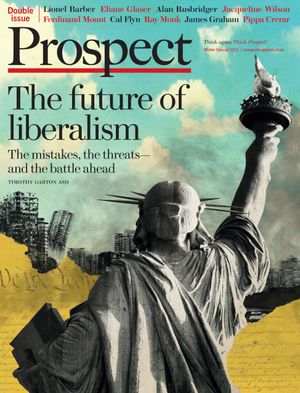
Politics
The future of liberalism
Faced with creeping authoritarianism, liberals need to craft a new agenda—learning from their serious mistakes, and shaking shibboleths of both right and left

Technology
What you need to know about the coronavirus vaccine
Can you really trust a miracle product cooked up with such speed? Philip Ball explains why you should

Media
Should journalists stop relying so much on anonymous sources?
Eroding trust in traditional news, or essential to landing public interest stories? Two contributors discuss where to draw the line on unnamed voices

World
What happened to the Arab Spring?
A decade ago, a fruit-seller in Tunisia set himself alight, and before long dictators were falling like dominoes. Only in the place where it all began has a new democracy endured—but so have many of the problems it was meant to fix

Philosophy
He was Trotsky’s sidekick and Kahlo’s lover—Jean van Heijenoort is one of the strangest philosophers you’ve never heard of
Until his sticky end in Mexico City, “Comrade Van” lived a chaotic and colourful life—one that contrasts with the orderly logical theories with which his name is still linked
Up Front
Critical Thinkng
Policy & Money












































